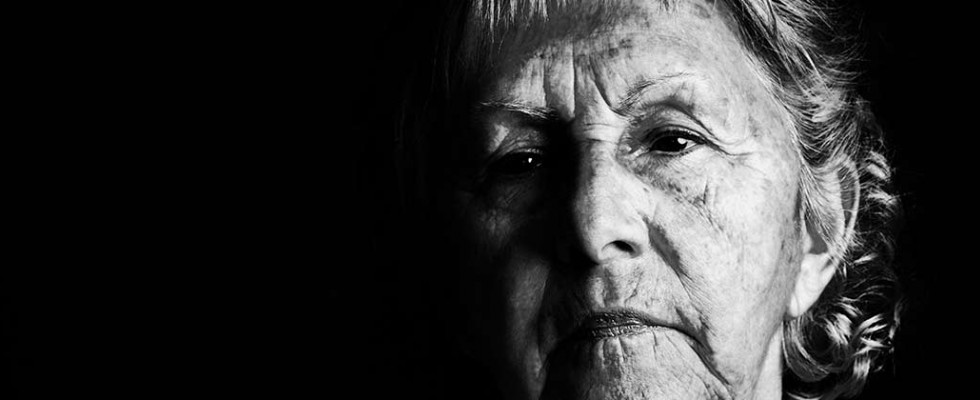
& other inspiring questions from the SAGE/2019 conference
Monday, October 7, 2019
 Seth Sternberg, Honor co-founder and CEO
Seth Sternberg, Honor co-founder and CEO- What can be done to solve the caregiver shortage?
- How can homecare interface with the health care system in order to fundamentally improve people’s health?
- How can innovation impact caring for the elderly?
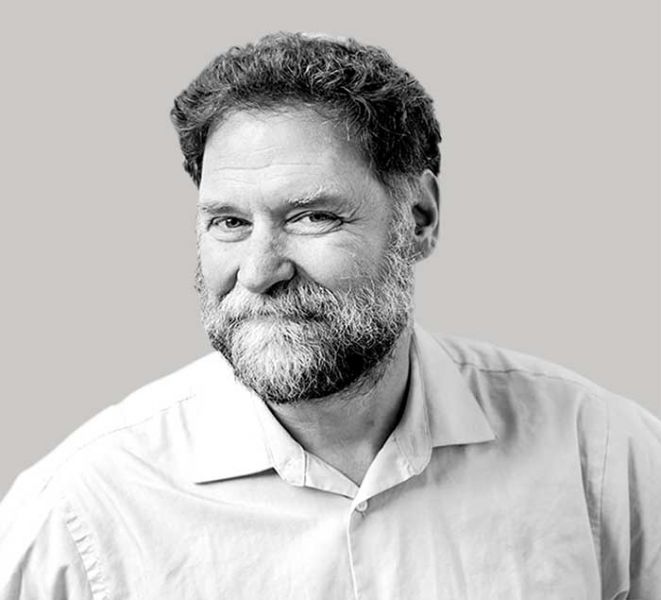 Dr. Bill Thomas
Geriatrician and elder advocate, Thomas is co-founder of the Eden Alternative, a non-profit organization focused on person-directed care, and recently launched the Minka home-building system.
Dr. Bill Thomas
Geriatrician and elder advocate, Thomas is co-founder of the Eden Alternative, a non-profit organization focused on person-directed care, and recently launched the Minka home-building system.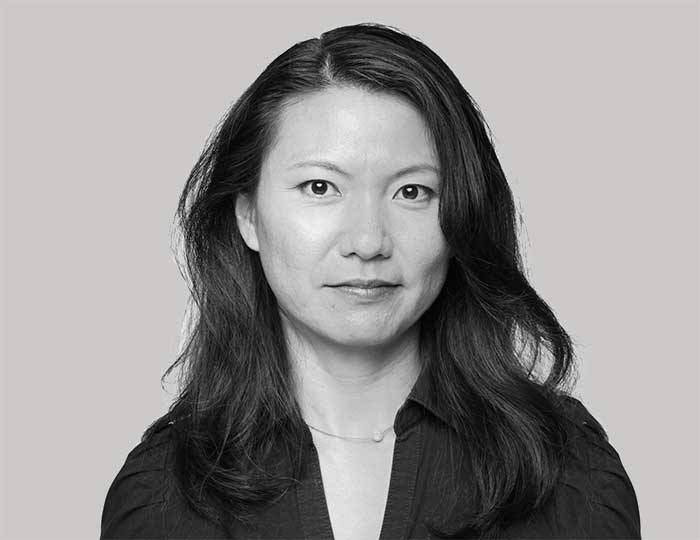 Yoky Matsuoka, Ph.D.
Vice president at Google, Matsuoka has worked for Nest, Quanttus and Apple Health and received a MacArthur Award for her work with prosthetics.
Yoky Matsuoka, Ph.D.
Vice president at Google, Matsuoka has worked for Nest, Quanttus and Apple Health and received a MacArthur Award for her work with prosthetics.
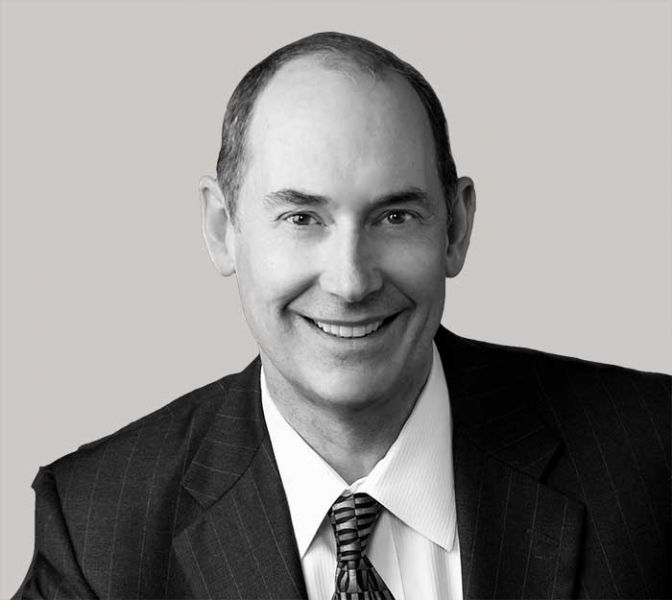 Loren Shook
Co-founder, president and CEO, Silverado, Shook is co-author of “The Silverado Story: A Memory-Care Culture Where Love is Greater than Fear,” and “New Possibilities in Memory Care.”
Loren Shook
Co-founder, president and CEO, Silverado, Shook is co-author of “The Silverado Story: A Memory-Care Culture Where Love is Greater than Fear,” and “New Possibilities in Memory Care.”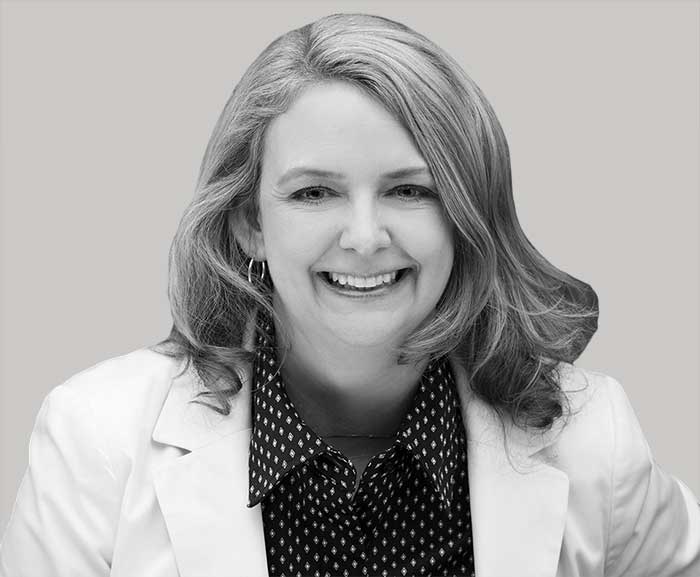 Mindy Baker, Ph.D. Director of education for the Glenner Memory Care Centers
Mindy Baker, Ph.D. Director of education for the Glenner Memory Care Centers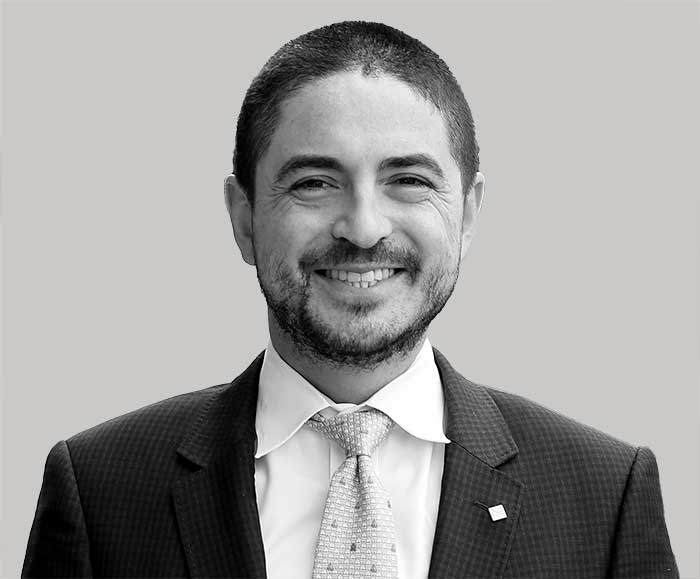 Felippe Osorno
Executive administrator of Continuum of Care Operations & Value Improvement, Keck Medicine of USC
Felippe Osorno
Executive administrator of Continuum of Care Operations & Value Improvement, Keck Medicine of USC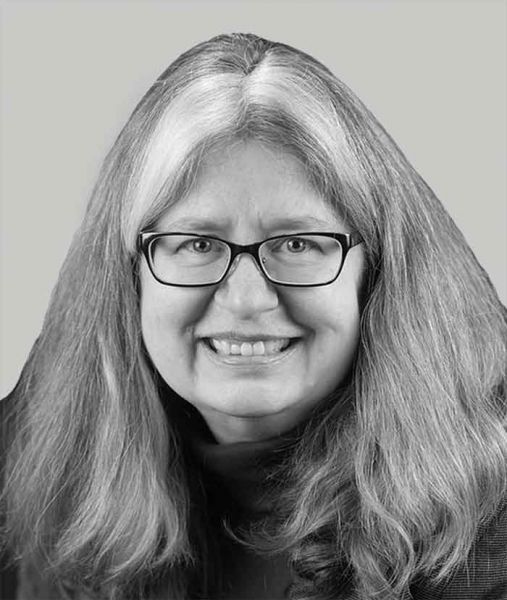 Shirley Otis-Green Founder, Collaborative Caring
Shirley Otis-Green Founder, Collaborative Caring 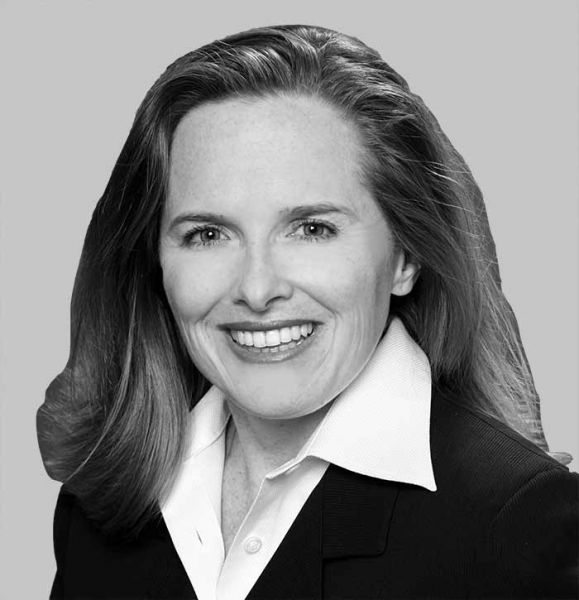 Gretchen E. Alkema, Ph.D. Vice president of policy and communications, The SCAN Foundation
Gretchen E. Alkema, Ph.D. Vice president of policy and communications, The SCAN Foundation 